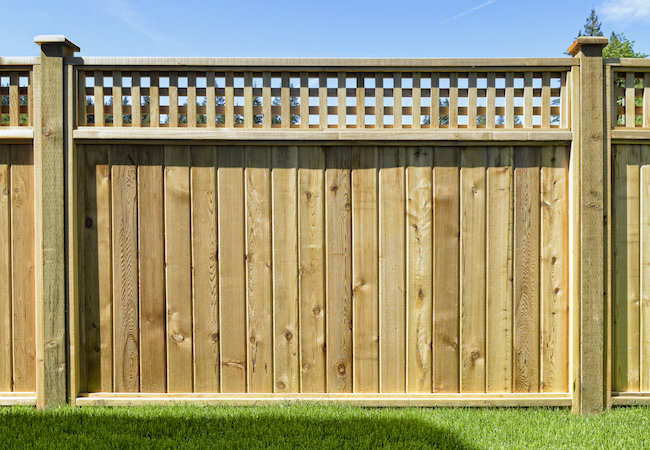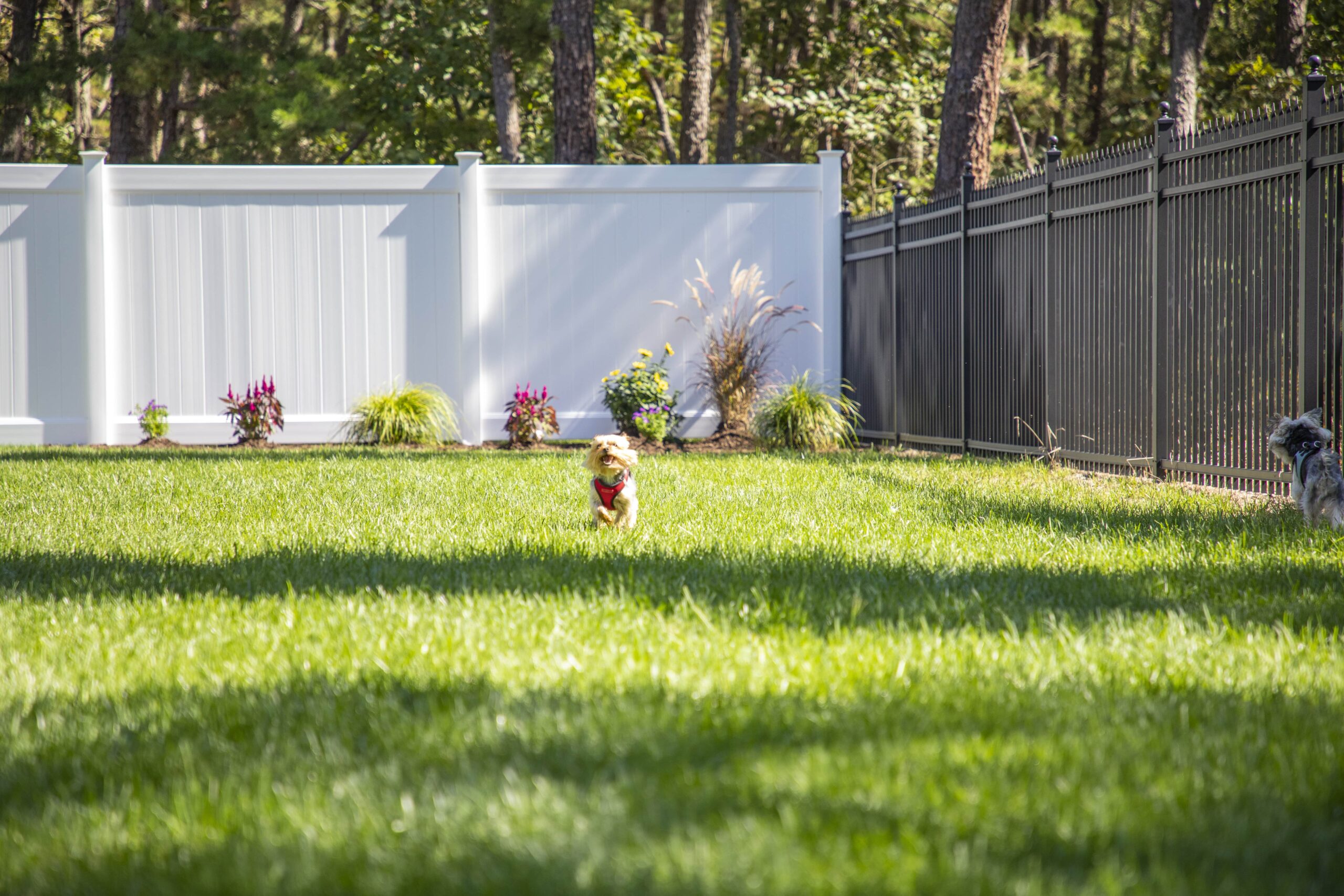All Categories
Featured

When taking into consideration mounting a fence on your home, among one of the most essential steps is to understand whether you need a permit. Fencing installments usually need an authorization to make certain that the structure adheres to regional zoning legislations, constructing codes, and safety requirements. The particular permits called for can vary depending on your location, the kind of fencing you intend to set up, and the height or placement of the fence. Here's a guide to aid you navigate the process of getting a fencing permit and make sure that your setup is convenient and legal.
Why You Required a Permit for a Fencing Installment. The license process helps regional authorities verify that your fencing does not conflict with website traffic exposure, respect your home lines, or breach height constraints. Mounting a fence without a permit can result in fines, removal of the fence, or hold-ups in building and construction, so it's necessary to inspect whether a license is called for before beginning your project.
Sorts Of Permits You Might Need. There are a few common kinds of permits you could need for a fencing installment:
Structure License. A structure authorization is one of the most typical license needed for fence installments. This license makes certain that the fencing satisfies safety standards and is constructed according to local building regulations. A building authorization is normally required if the fencing surpasses a certain elevation (commonly 6 feet), is made from specific products, or is located near a public walkway or road.
Zoning Permit. A zoning permit might be needed to validate that your fencing follows regional zoning laws. Zoning guidelines can determine where a fencing can be put on your residential or commercial property, just how high it can be, and whether it is admitted certain locations (such as along home lines or ahead yards) Some municipalities have laws limiting the height of fences in the front yard to ensure exposure for vehicle drivers and pedestrians.

Obstacle Authorization. You might require a setback permit if you are building a fencing near your residential or commercial property line or close to a road. A setback describes the distance a framework, consisting of fencings, have to be from the property line. Setback guidelines differ by area, and guaranteeing that your fence is placed appropriately can stop conflicts with neighbors and avoid offenses.
Homeowner Organization (HOA) Authorization. You might need authorization from them in addition to local licenses if you live in an area regulated by a Property owner's Organization (HOA) HOA regulations typically cover the kind of materials, height, design, and shade of fences. Even if your regional government doesn't require a permit, your HOA might still have specific guidelines that require to be followed.
Exactly How to Use for a Fencing Permit. To request a fence authorization, you'll require to call your regional structure division or planning workplace. The application process generally entails loading out a form, paying a fee, and sending a site strategy of your residential property that reveals the recommended area of the fence. You may additionally require to consist of details about the materials, elevation, and design of the fence.
In many cases, a regional authorities might require to check your home before authorizing the permit. When the license is provided, you will be accredited to wage your fence installment.
When Is a Permit Not Required? In particular circumstances, an authorization might not be needed. These situations can include:
Reduced Elevation Fences: In lots of areas, fencings that are listed below a particular height (often 3 to 4 feet) may not require an authorization, specifically if they are positioned in the backyard or other non-visible areas.
Fencing Replacement: If you're changing an existing fence with the exact same elevation and product, some locations may not need a brand-new license.
Non-Obtrusive Fences: Ornamental or momentary fencings, such as those made use of for gardening or landscape design purposes, might not need permits as long as they are not permanent and reduced.
Nevertheless, it is very important to consult your neighborhood zoning office or building division, as guidelines can vary by jurisdiction.
Repercussions of Not Obtaining a License. Stopping working to acquire the necessary licenses can result in considerable consequences. These include penalties, compelled elimination of the fence, or also hold-ups in building. In addition, if your fence does not satisfy neighborhood policies, you could encounter lawful concerns with next-door neighbors or neighborhood authorities.

Verdict. When mounting a fencing, it's critical to research the authorization needs in your area. By guaranteeing that you follow neighborhood policies and obtain the required authorizations, you can make certain and avoid expensive blunders that your fencing is legally certified. Get in touch with your neighborhood structure division, HOA, and zoning office to identify what licenses are required for your particular fencing job. This action is essential to protect both your financial investment and your property's worth.
Latest Posts
Take Advantage of Special Auto Repair Offers in Chicago at Montclare Auto Repair
Published Jun 01, 25
1 min read
Seamless Aluminum Gutters: The Smart Option for Your Home
Published May 25, 25
1 min read
Learn Why Chicago Drivers Pick Montclare Auto Repair for Dependable Service and Huge Savings
Published May 23, 25
1 min read
More
Latest Posts
Take Advantage of Special Auto Repair Offers in Chicago at Montclare Auto Repair
Published Jun 01, 25
1 min read
Seamless Aluminum Gutters: The Smart Option for Your Home
Published May 25, 25
1 min read
Learn Why Chicago Drivers Pick Montclare Auto Repair for Dependable Service and Huge Savings
Published May 23, 25
1 min read